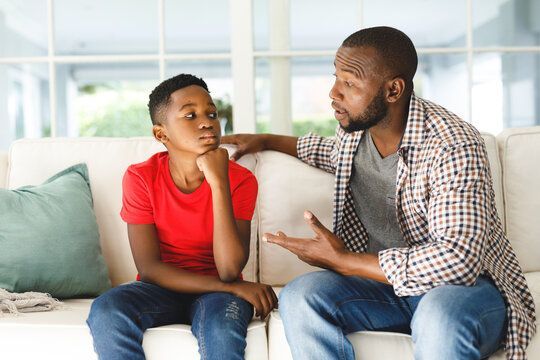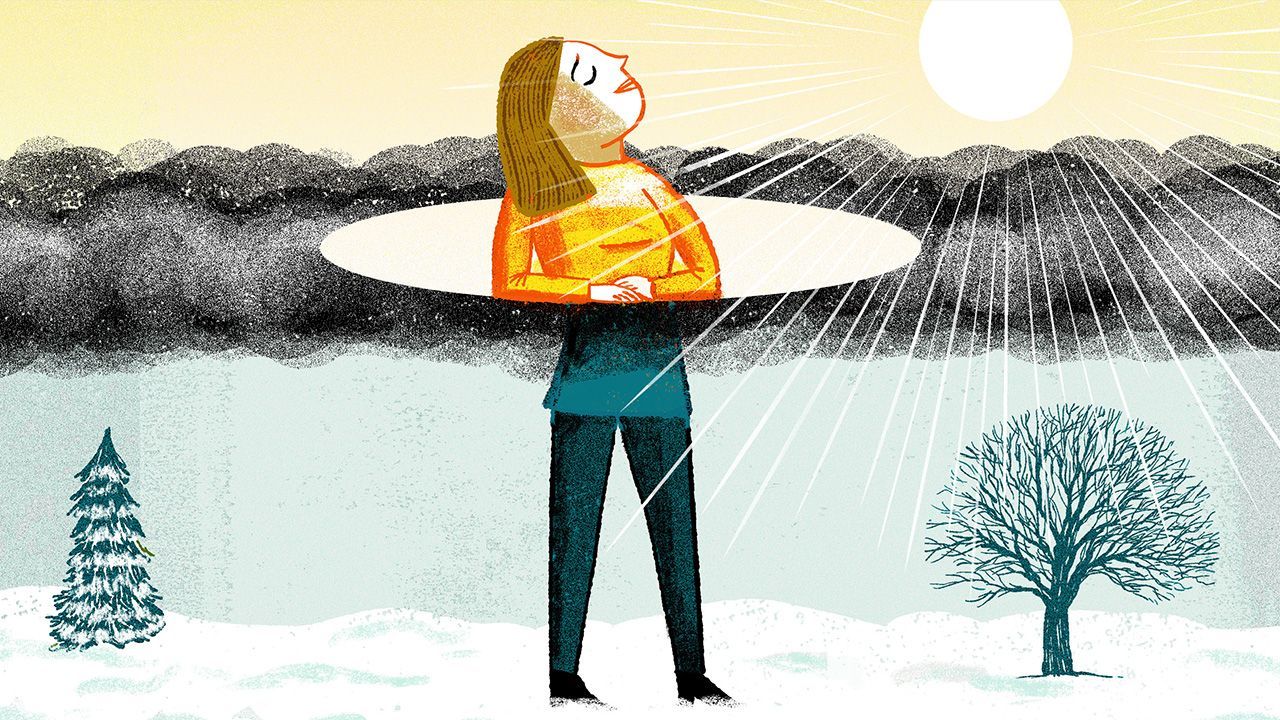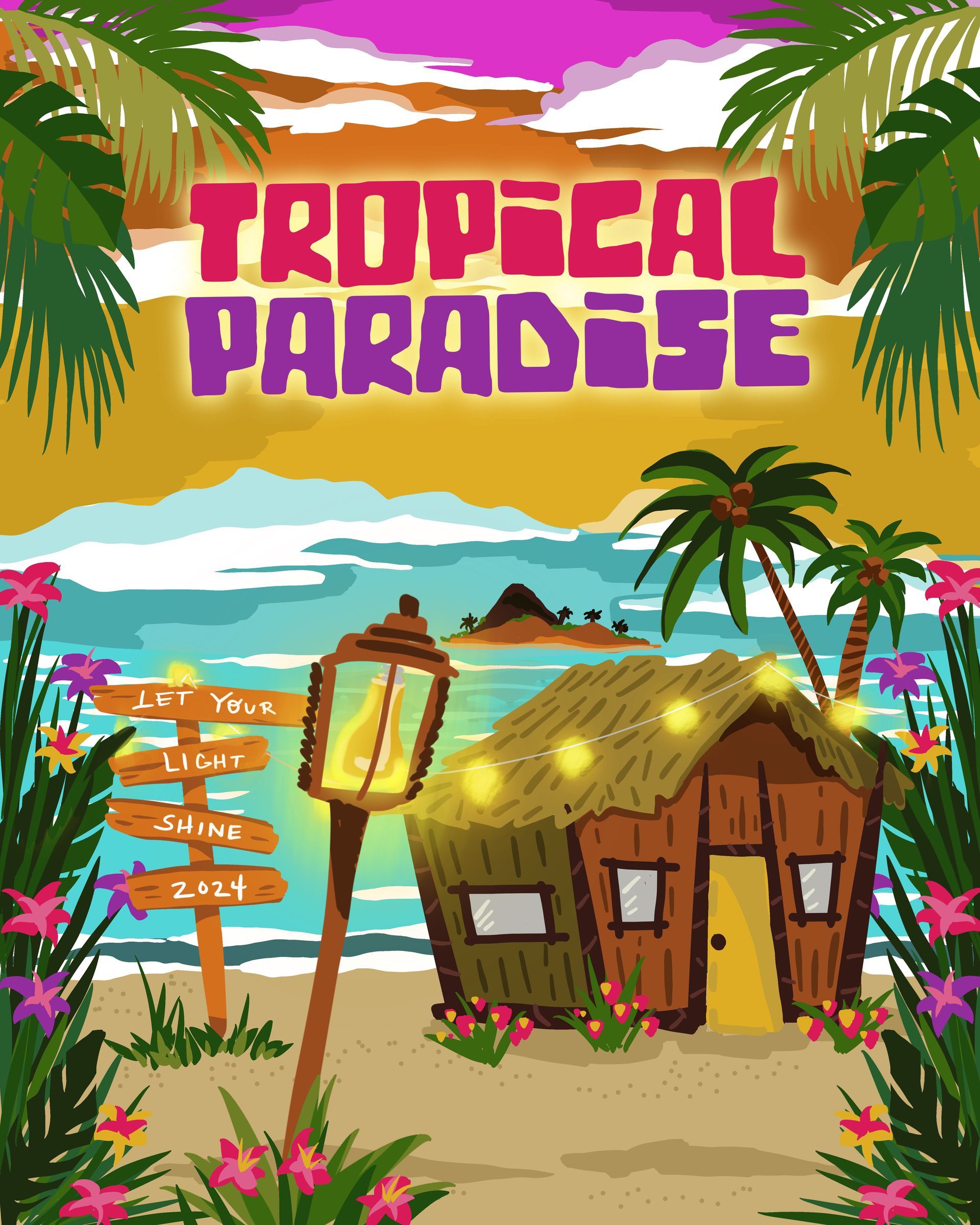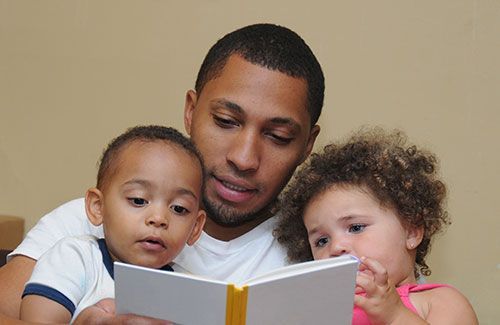
I have grown up as a parent for the last four and half years!
As luck would have it, a little more than four and a half years ago, I started at Child and Adolescent Behavioral Health (C&A) in the mission advancement department with my responsibilities being the marketing and development coordinator. Some might say, I did a good job of raising my two kids, who were teenagers at the time. But, boy, if I had known of the services C&A offered and even some of the parenting tools for my toolbox, parenting might have been even better.
When my children were younger, in the toddler stage, my wife and I were fortunate my stay-at-home mom was able to babysit. Being old school, my mom firmly believed in tried-and-true methods. Feed our children, spend a little time with them, place them in the playpen to soothe and learn to entertain themselves and nap at the same time everyday. She had a plan and a schedule and oftentimes sacrificed some of her time and errands to stay to that schedule.
While I tended to believe in the schedule, my wife and I, who both worked, ate dinner together, did bath time, read a book and put the kids to bed probably later than we should. We had friends who had their kids in bed at 7:30 every night. Yet, as a parent, I felt cheated that I had so little time to see my kids. But looking back, would a two-year-old realize I did not spend time with them every day? Therefore, these routines were delayed a little each evening.
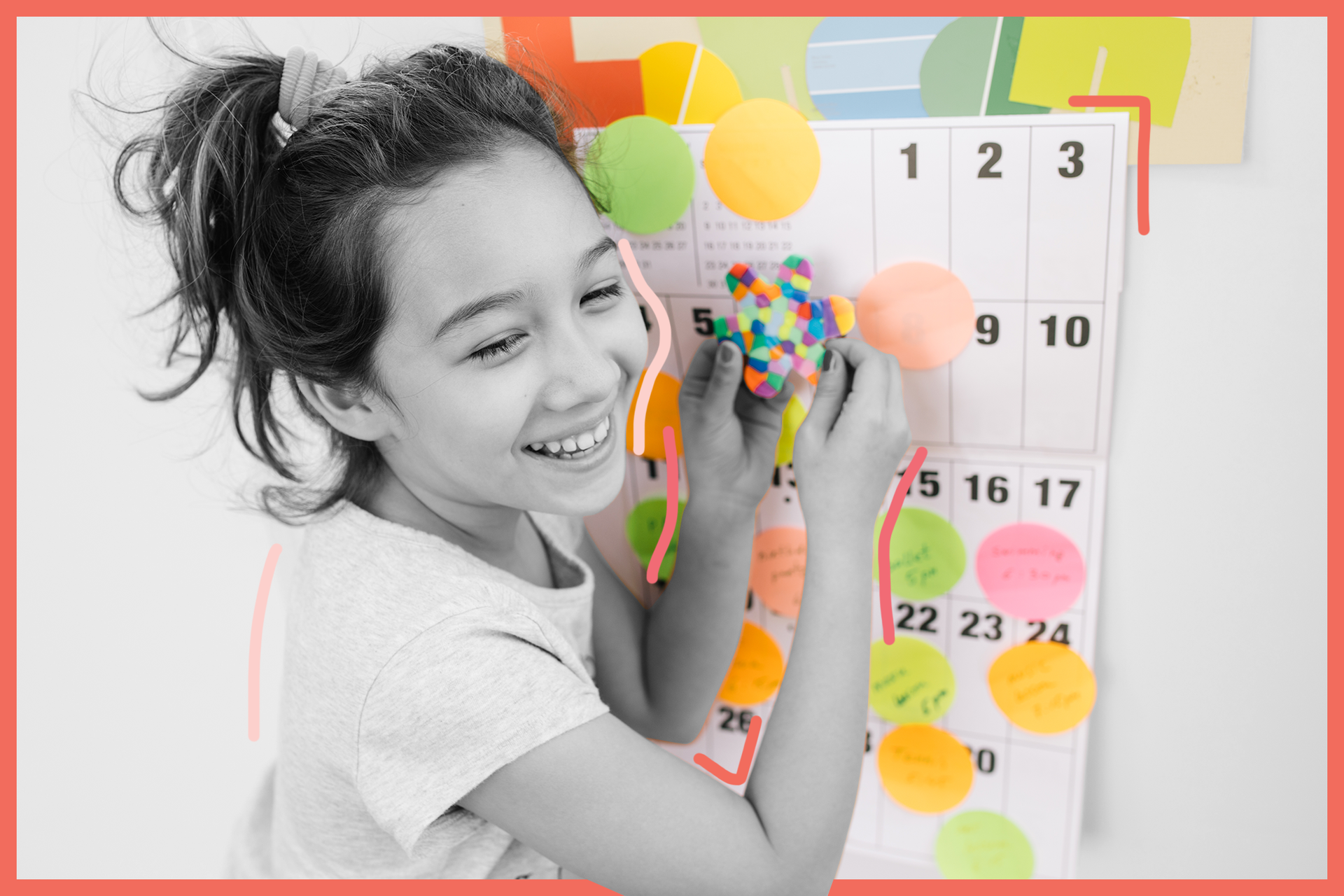
But, having witnessed C&A’s Family Programming teachings and learning about Triple P (Positive Parenting Program), some of their tiredness and crankiness might have dissipated if I hadn’t insisted on a later time bed frame. The nice thing about C&A’s Triple P classes is they are FREE. The classes are online and cover a variety of topics – bedtime routines, trouble with kids behaving while shopping, eating habits, struggling with potty training. The sessions, individual or group, provide comfort in knowing other parents are having the same challenges. But what is really fantastic, Triple P can be there every step of your child’s life from birth to the teenage years. And, you should be aware, it is ok to ask for help and receive help. Help comes in the form of providing multiple ways to handle the situation and you get to decide which method to implement based on your family situation.
Perhaps, back when I was toddler, maybe parenting was easier, but probably not. Kids are kids, and the struggles are the same. What isn’t the same is when I was a child, there was no internet, no cable and definitely no cell phones. Parents socialized with friends playing cards, perhaps discussing and coming up with solutions to today’s parenting obstacles instead of asking the question on Facebook and getting 50 potential answers.
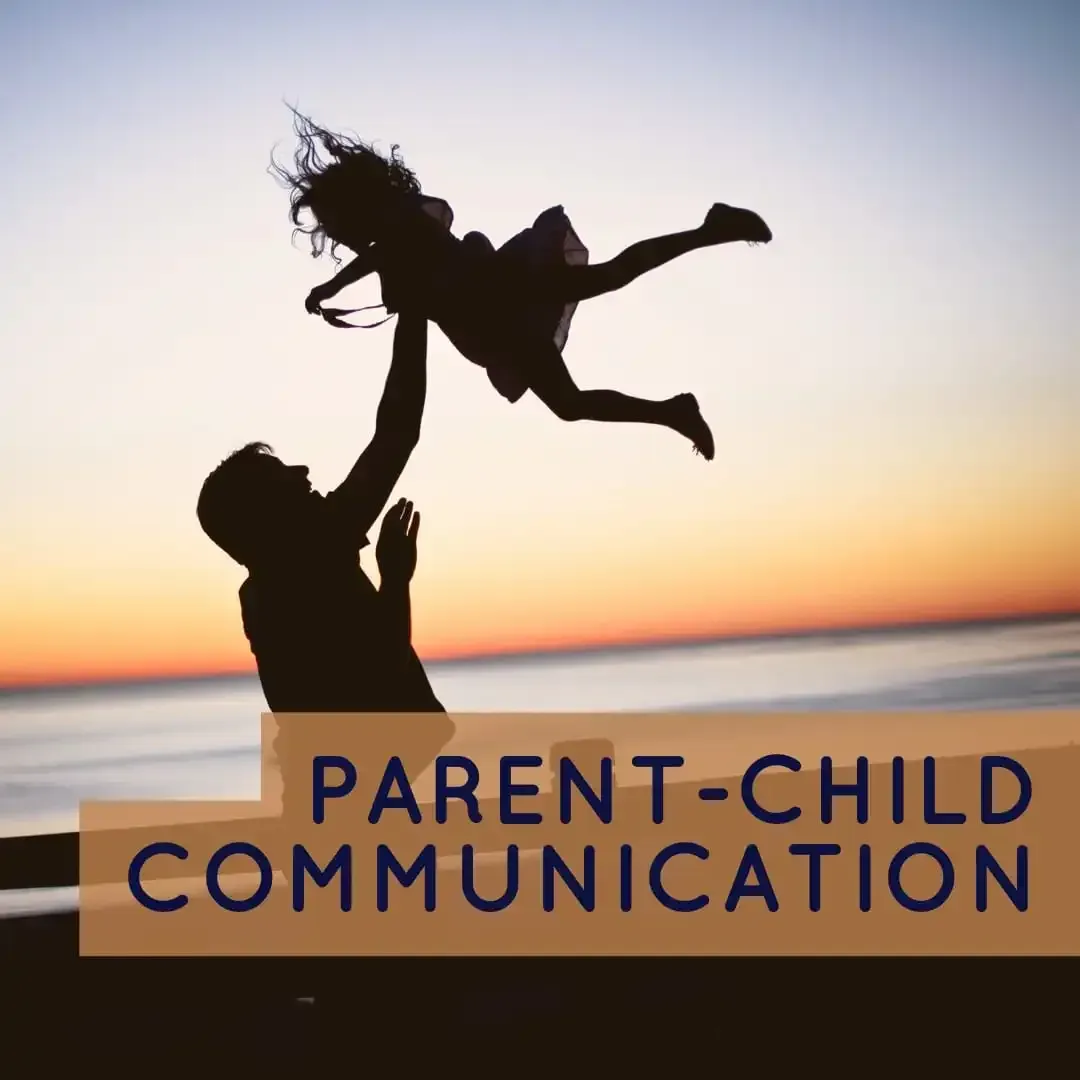
Learned behaviors?
Looking at the words above, those two big and important words. Perhaps powerful words, but helpful words for parents.
If many believe, and it is true, little ones are watching your every move, think about what your teenagers are watching. What learned behaviors as adults are our kids viewing? I never much thought about the phrase learned behaviors, but since my time at C&A, the phrase makes sense. Some of the behaviors and parenting styles my parents used on me, which of course, filtered into my own parenting style with some adaptions. But looking back, I realize the learned parenting behaviors may not have been the best.
Here are a few questions for you - how do you view alcohol? Do you drive after having one or two drinks? What is your attitude about substance use, and what are your kids picking up? How do you view your cell phone? Are you on your phone from the time you are home until you go to bed? Is dinnertime interrupted with you answering a text or checking email on your phone? How do you handle and use social media? Are you consistently posting to different platforms? And what message is that sending your kid? The answers to the questions above are behaviors your children are learning external influences. And that behavior often leads families into disagreements.
As my kids moved into the teenage years, I tried to drink more socially, and never if I was the person driving, even though they said, “Dad, it’s just one. Drink early, and you will be fine.” And I replied, “No, you really should never have one if you are driving. Don’t take chances.” I often come home and put my cell phone down for hours, often to the dismay of my family, especially if someone is trying to reach me. I treat my phone more like an old landline phone. And social media, if it were not for the position I have at C&A, I probably would not be on social media. And even then, I am on a few platforms more to keep in touch with family far away. Learned behavior is challenging.
What about social-emotional learning? Yes, my parents taught me self-regulation, but there was no social-emotional learning. They were good parents, but not always interested in hearing our feelings and thoughts. Kind of the old saying, “my way or the highway. Do as you’re told.” Which again, I somewhat carried into my parenting. I can’t say I bought into this whole notion until I worked at C&A. Like a light bulb, it clicked how important this is for kids to be able to express feelings and communicate these feelings at a young age in a safe, protected environment, with a trusted adult. My son often acted out by hitting his head against the wall – maybe he was tired or could express his feeling in a correct way. As my kids grew older, I enjoyed picking them up at extracurricular activities and hearing, for good or bad, about their day – their thoughts and feelings. Today, as both are in their 20s, I still say I miss having you at home every day, not necessarily “seeing you” but “hearing about your day, what went well, and what didn’t. And not being the tenth person who heard it several hours or days after it happened.”
But so much of what I have learned centers around the next three phrases, communication, intentionality and trusted adult.
All three words on the surface are big words, often difficult words. Yet, all three tie together. As with our Athletes Strong for Mental Health initiative, Dr. Steve Graef’s most often used phrases are communication and intentionality. If parents and kids sit down, when emotions are not in play, and discuss potential scenarios ahead of time, so much of the debate, arguments, etc. are eliminated. For instance, most parents want to know how their kid’s day went. But, if the child has been at school, then a job or extracurricular activity, the child may need some time to cool off before answering some questions. So, ground rules could be set in advance. Dinner is at 6 p.m. every night. When everyone gets home, everyone has 15 minutes to cool down, gain composure, at dinner time all phones are put away, and everyone will share their day.
In this scenario, communication has been set forth before the school year starts. Everyone knows the expectations and the intention behind the rules. If conflict develops, the emotion can be removed, and the parent can refer back to the initial conversation.
And the last one, trusted adult. Maybe, oftentimes the most difficult, but one I have grown into is often lending a listening ear. In the past couple of years, I have absorbed a lot of venting. When the venting is done, sometimes I ask if the person would like me to respond or offer advice. So many times, no advice or conversation is needed. The venting was enough. Other times, reminding my child to take a deep breath, do a fun activity for 15 or 20 minutes to calm down, do some homework for a half hour afterwards, get a good night’s sleep, and all will be well in the morning. Waiting till mid-morning, I will text to see if everything is ok. Nine out of 10 times, this has been true. And then there are the bigger problems and helping them work it out by asking questions and letting them provide the answers. Some challenges require more attention than others like dealing with a little anxiety and depression, which I documented in an earlier blog post.
As a former youth coach, Dr. Steve has validated the philosophy’s I instilled in players and their families. On the athletic side, some of these are lessons I told my son and his team before every game – play hard, have fun and don’t do more than you are capable of. And then there is the message to parents, after the game, tell your kid you enjoyed watching them play. Leave the teaching and mistakes for the coach to review with your kid.
If I asked my kids, they probably would say, the last four and half years, I am easier as a parent now. I am calmer through conversations, I can be a trusted adult, communication is better. As they have grown into adulthood, I feel like I have grown up with them as a parent. While they may have wished or hoped I might have been this parent in their younger years, I think they are grateful for this dad now. My best suggestion to all parents is do not be afraid to ask for help! And take advantage of awesome community resources. If you are facing parenting challenges, reach out to our Family Programming team and get enrolled in Triple P.
Dan Mucci is the author of this blog post. Mucci, C&A’s Mission Advancement Director, has more than 20 years of writing experience. To learn more about the services the agency offers, visit www.childandadolescent.org , call 330.433.6075 or email dmucci@childandadolescent.org.
RECENT POSTS
